Search Articles
Browse Content (p. 134)
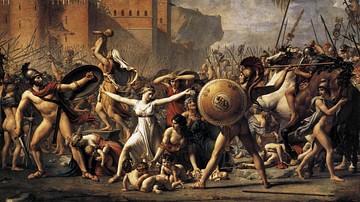
Article
The Role of Women in the Roman World
The exact role and status of women in the Roman world, and indeed in most ancient societies, has often been obscured by the biases of both ancient male writers and 19-20th century CE male scholars, a situation only relatively recently redressed...
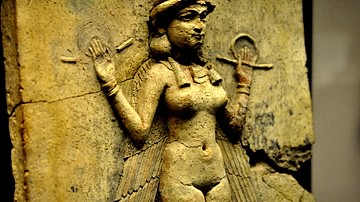
Article
The Queen of the Night
The Queen of the Night (also known as the `Burney Relief') is a high relief terracotta plaque of baked clay, measuring 19.4 inches (49.5 cm) high, 14.5 inches (37 cm) wide, with a thickness of 1.8 inches (4.8 cm) depicting a naked winged...

Article
Historical Accuracy in the Film Agora
In 2009, film director Alejandro Amenabar brought the story of Hypatia of Alexandria (c. 370-415 CE) to the screen through the feature film Agora. Years later, the movie continues to draw criticism from Christian writers for its depiction...
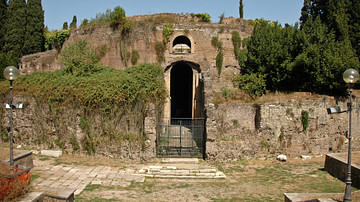
Article
Mausoleum of Augustus
The Mausoleum of Augustus was actually one of the first of many large building projects undertaken in the reign of Rome's first emperor. When the Mausoleum was completed in 28 BCE, it was easily the biggest tomb in the Roman world, a record...
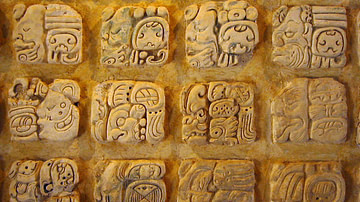
Article
Maya Writing
The Maya hieroglyphic writing system was a sophisticated combination of pictographs directly representing objects and ideograms (glyphs) expressing more abstract concepts such as actions, ideas and syllabic sounds. Maya writing has survived...
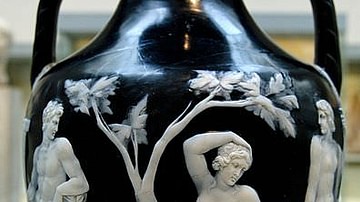
Article
The Portland Vase
The Portland Vase is a Roman two-handled glass amphora dating to between the second half of the 1st century BCE and the early 1st century CE. The vase has a cameo-like effect decoration which perhaps depicts the marriage of Peleus and Thetis...
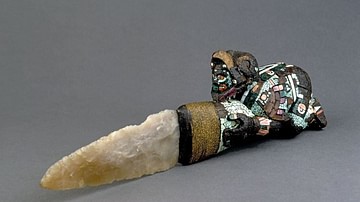
Article
Aztec Ceremonial Knife
The Aztec mosaic-handled knife currently in the British Museum, London dates to between 1400 and 1521 CE and is thought to have been used in religious ceremonies. Made from wood and flint the knife handle represents an Aztec warrior but the...
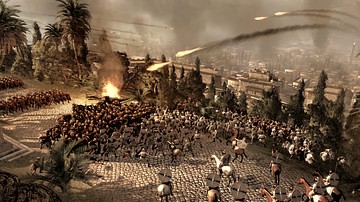
Article
Roman Artillery
Roman artillery weapons were instrumental in the successes of the Roman army over centuries and were especially used in siege warfare, both for offence and defence. Principally used in fixed positions or onboard ships, these machines, known...
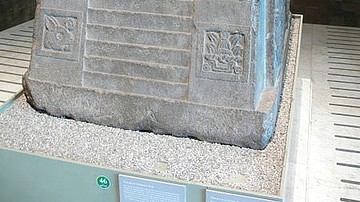
Article
Throne of Montezuma
The magnificent stone monument variously referred to as the Monument of Sacred War, the Teocalli of Sacred War, the Temple Stone or, more simply, the throne of Motecuhzoma II (Montezuma), the Aztec king (tlatoani) who ruled at the time of...
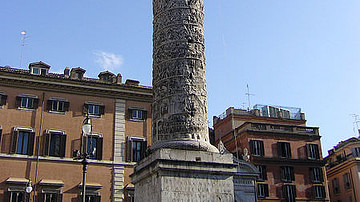
Article
The Column of Marcus Aurelius
The Column of Marcus Aurelius and Faustina which stands in Piazza Colonna in Rome is thought to have been erected by Commodus in memory of his father and mother sometime around 180 CE. The column was inspired by its more famous predecessor...